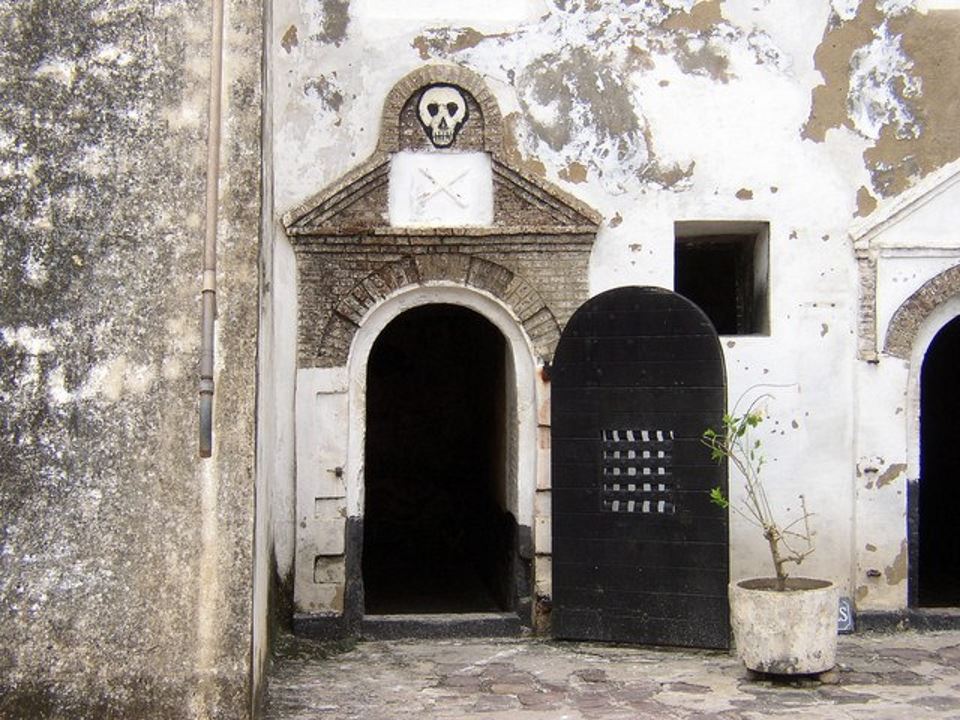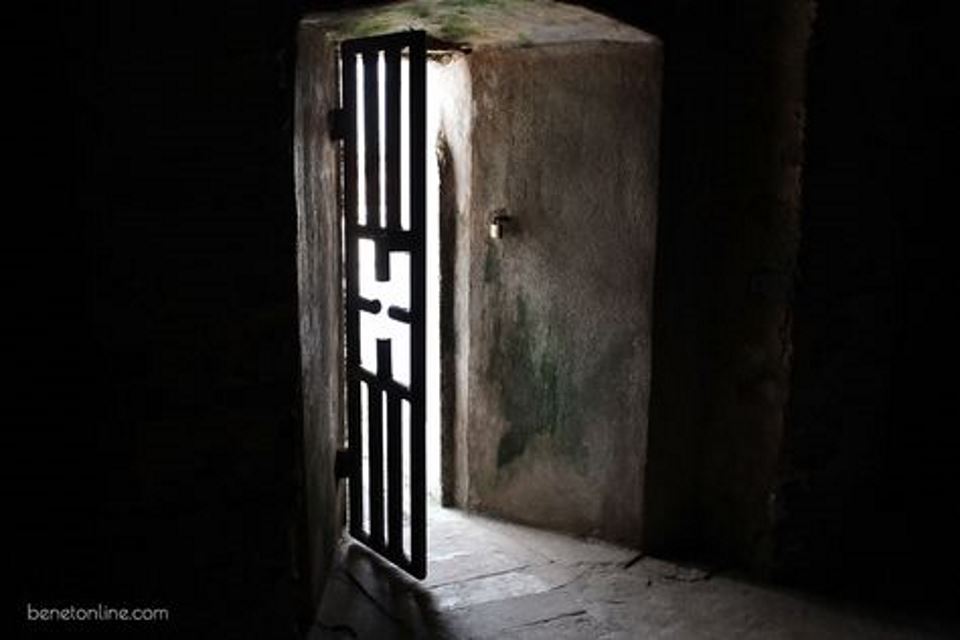
Elmina Castle
Built by the Portuguese in 1482, Elmina Castle is the oldest European building in Sub-Saharan Africa. For many centuries, it was also the largest of its kind to the south of Sahara. Situated in a region rich with gold and ivory, the castle initially served as a hub for gold trading. Hence, the name Elmina, which in Portuguese translates to ‘the mine’. By the 1500s, the castle became an outpost for the Portuguese to trade their goods for slaves. The Dutch, who captured the castle in 1637, continued to use the castle for slave trading.
By the 17th century, the castle had become a significant outpost in the West African Slave Trade. The castle was a depot where slaves from all parts of West African were brought by ‘slave-catchers’ and were sold to the Portuguese and later Dutch traders in exchange for goods. Before the slaves could be shipped off to America, Brazil and the Caribbean, they were held captive in this very castle under the most atrocious of conditions. At its peak, over 30,000 slaves passed through Elmina every year.



Dungeon for male slaves © Adam Jones
Although history books and literature teach us about the horrors of slavery, it is only at places like Elmina Castle where one can truly understand the gravity of slave trade. The condition of these dungeons was so inhuman that there wasn’t any separate space for sanitation. Back then, the dungeons were littered with human waste that caused several slaves to fall ill and even die. For many visitors, wandering through the dimly-lit, almost window-less dungeons can be a claustrophobic experience. One can only imagine what hundreds of slaves cramped up in these dirty dungeons with little ventilation would’ve gone through. A slave who was brought into the castle would spend at least three months in these terrifying conditions before being shipped off.



Confinement Cells © parlarps
If the dungeons seem horrifying, the castle’s courtyards are worse. It was where the slaves who ‘misbehaved’ were chained and made to sit out, come heat or rain. The courtyard is also home to the scary confinement cells. If a slave was particularly rebellious, he was locked inside a confinement cell without food or water and left to die of starvation.



The Door of No Return
While the dungeon and courtyard are the scariest parts of the castle, the infamous ‘Door of No Return’ is the most poignant. The ‘Door of No Return’ is a small tunnel that passes through the walls of the castle and leads out to the jetty, from where the slaves would be shipped off. For thousands of slaves, this tunnel was the last they ever saw of their homeland.
A complete contrast to this gory prison is seen on the first floor, where the officers and soldiers and commander lived. Their rooms are spacious, well-lit, and airy with sweeping views of the ocean. It is this contrast that truly shows how low human cruelty can stoop. It also shows the callousness of the slave traders who lived peacefully in comforts, without a shadow of guilt, even as thousands languished beneath their feet.



The stone plaque dedicated to the castle rightly sums it up, “May humanity never again perpetrate such injustice against humanity”.
Visiting the castle
The castle is open to visitors on all days and even organizes guided tours.
Book flights to Ghana on EMI with Mihuru Splitfare and explore the best places to visit in Ghana.
Tags: Ghana Heritage









